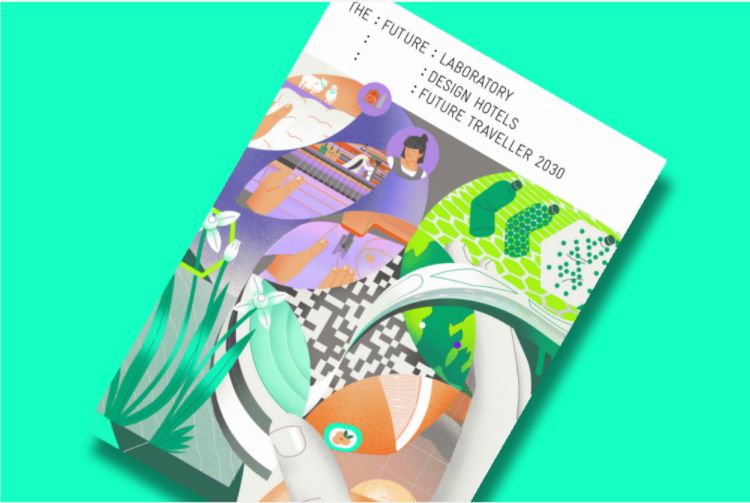The report, commissioned in partnership with forecasting consultancy The Future Laboratory, is the frst of a content series to be released over the upcoming twelve months.
Transparency, a concept already gaining ground before the global pandemic, has been galvanised by the rapid spread of the coronavirus, showing just how quickly change can be implemented if the need arises. Consumers are also increasingly demanding transparency in recent times, with 70% of people feeling that trust in a brand is more important now than in the past.
“The New Transparency” outlines recommendations such as digital identities, tracing and sustainable materials within four category-specifc micro-trends – blockchain and analytical technologies, labeling, packaging, and secondary waste:
• In the beauty sector - blockchain technology can encrypt epigenetic data to generate consumer-specifc cosmetic
profles - providing hyper-personalised service. While digital identities can be used to trace raw ingredients and materials,
further equipping consumers with details on how their products are made and sourced.
• In the food and beverage sector, profound issues exist with complexity of how supply chains work. Digital identities
enable traceability and transparency, empowering brands and consumers to reduce food waste. Additionally, with
material innovations such as pH-sensitive dyes, oxygen barrier labels and second skins aim to preserve and monitor food
freshness while reducing traditional packaging.
• In retail, e-commerce has experienced a boom during the coronavirus pandemic. Smart packaging and logistics can be
a new touchpoint for transparency and sustainable practices. Here transparency is as much about social values as
environmental ones. By assigning digital identities brands are provided with more visibility into supply chains to assure
that not only materials are sourced ethically, but that the human labour is equally fair and representative.
• In materials, conscious consumers want to know and understand where products came from and what their
environmental footprint is. They are becoming increasingly aware of a product’s journey - from sourcing to the overall
lifespan of a product. Designing materials for longevity or using waste to create by-products, should be taken into
account. This should be considered for all components of a product to encourage circularity, recycling and ultimately
future-proof supply chains.


